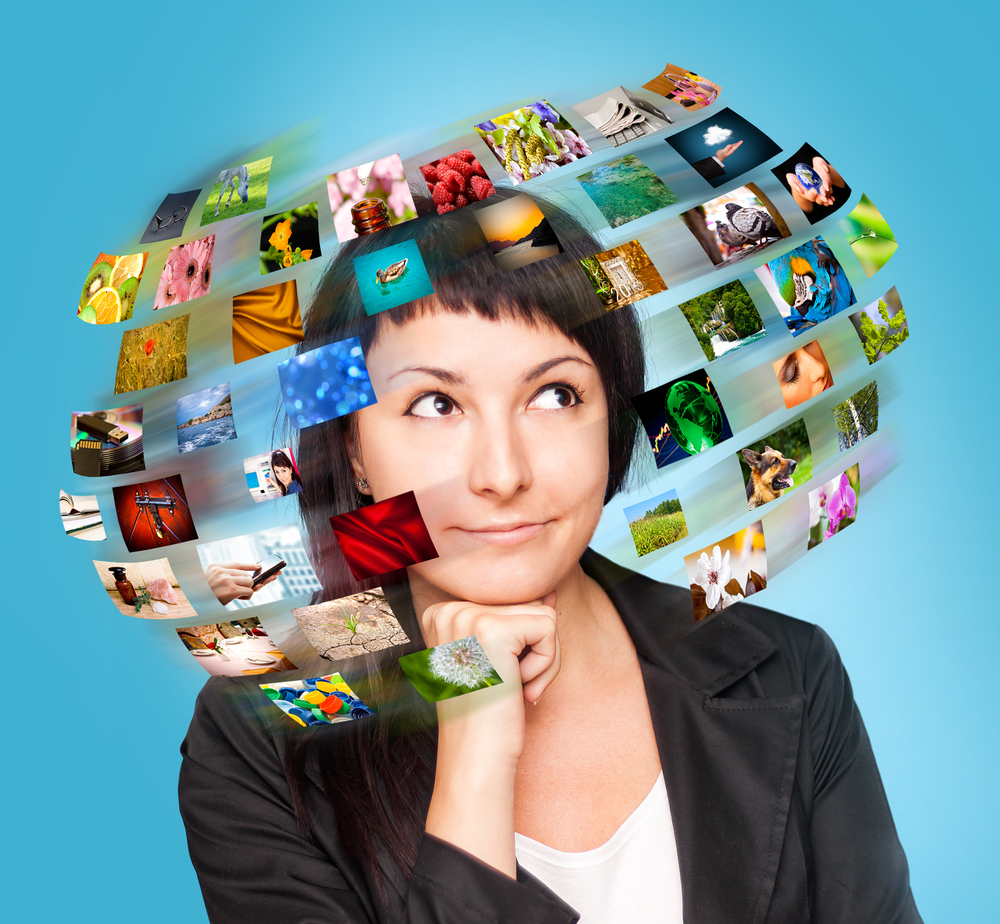In education, this pertains to the learning experiences that are either directly related to the personal aspirations, interests, or cultural experiences of students (personal relevance) or that are connected in some way to real-world issues, problems, and contexts (life relevance).
Personal Relevance
- This occurs when learning is linked to an individual student’s interests, aspirations, and life experiences.
- Purpose: when effectively integrated into instruction, it can increase a student’s enthusiasm to learn, engagement in what is being taught, and even knowledge retention and recall.
Forms of Personal Relevance:
- Individual choices:A teacher might require students to write about the United States presidency, but then allow them to select which president they will study. A student with a personal interest in hiking and the outdoors might choose Theodore Roosevelt, for example, because he was a naturalist and conservationist who led scientific expeditions and helped establish the first national parks.
- Product choices:If a particular learning standard is being taught, such as “conduct historical research using original sources,” a teacher might allow students to demonstrate their research skills by creating various products. For example, a student interested in filmmaking might create a short documentary using archival photography. A student interested in music and technology might make an audio podcast in the style of an old radio-news program or presidential address. Another student who wants to be a writer might choose to write a historical essay or short work of historical fiction that incorporates period facts and details.
- Varied content:In a news and journalism course, for instance, a teacher might ask students to monitor and examine news stories about current world events. Students might be permitted to choose an area of personal interest—e.g., politics, environmentalism, science, technology—and monitor news reports in those areas as relevant events unfold. Even though students are studying multiple news topics, the course teaches students about effective reporting methods, how news is created, how to analyze news coverage, and how effective news stories are structured, for example.
- Cultural connections:In a world-history course, a teacher might allow students to explore certain historical topics or time periods through a culturally relevant connection. For example, during lessons on imperialism and colonialism, students from different cultural backgrounds might choose to write essays that explore the effects of imperialism and colonialism from the standpoint of their racial, ancestral, or cultural heritage.
Life Relevance
- This happens when learning is connected in some way to real-world issues, problems, and contexts outside of school.
- Purpose: a) To provide students with practical skills, knowledge, and dispositions that they can use in various educational, career, and civic contexts throughout their lives. b) To improve engagement, motivation, and learning acquisition.
Forms of Life Relevance
- Skill acquisition:While instructing students, a teacher might integrate practical skills that students can apply throughout their lives. For example, students might be asked to use technology to create a variety of products that demonstrate what they have learned, such as audiovisual presentations, websites, software programs, databases, or spreadsheets. While the students are learning history, science, or mathematics, for example, they are also acquiring technology skills that will be beneficial in adult life.
- Practical context:When educating abstract mathematical concepts, a teacher might use practical life contexts to help the concepts “come alive” for students. For example, students might be asked to follow a favorite sports team and conduct mathematical analyses using team statistics. Similar teaching strategies could be used with a variety of different data, such as demographic, economic, or financial data.
- Current events:In a unit on presidential elections in a social-studies course, students might be asked to monitor campaign advertising on radio, television, and the internet, and then research the accuracy of the statements being made. Students may then write an analysis of how campaigns control the presentation of facts to influence voter opinions about a particular candidate or issue.
- Community connections:In a government course, a teacher might conclude comparisons between national governmental functions and how the government works in the local community. The teacher might ask students to study local politics, interview elected officials, and put together a citizen-action proposal that will be presented to the city or town council. As students learn about local politics, they get a more concrete understanding of how government works at the state or national level.
- Career aspirations:In a business course, a teacher might ask students to create a business plan for a proposed company. Students pick an industry that interests them—such as fashion, video games, or cooking—and then they study existing businesses in the field, determine how they will raise start-up funding, create a marketing campaign, and pitch their final proposals to local business leaders. While learning about business and economics, students also learn whether the career path is a good fit for them, and they obtain practical skills that will aid them when they enter the workforce.
